Hard Exam Questions from AQA A-Level Chemistry Paper 1
Key Points:
- Unsurprisingly, multistep calculations are most often cited as difficult, particularly those relating to amount of substance, acids, bases and buffers, and thermodynamics.
- Examiner’s often report that “only the best” A-Level chemistry students scored full marks on 6-mark level of response questions, reflecting their difficulty.
- Kp calculations provide a greater challenge than Kc, especially when mole fractions and partial pressures are required.
- Halogen redox chemistry, a problem at AS level, continues to cause difficulties at A-Level.
- Transition metals is a problematic topic for many students, who find it difficult to contend with its formulae, equations, and advanced concepts.
- Understanding, and writing equations for, the redox chemistry of cells and fuel cells is a challenging area.
Contents
- Oh No, It’s The Inorganic and Physical Paper…
- Recurring Areas of Difficulty for Students
- 2017 AQA A2 Paper 1
- 2018 AQA A2 Paper 1
- 2019 AQA A2 Paper 1
- 2020 AQA A2 Paper 1
- 2021 AQA A2 Paper 1
- 2022 AQA A2 Paper 1
- Strategies for Tackling Multistep Chemistry Calculations
- Memorising the Facts: Effective Techniques for A-Level Chemistry
- Wrapping Up Our Tour of AQA A-Level Chemistry Paper 1
Oh No, It’s The Inorganic and Physical Paper…
A lot of my students hate Paper 1 and its focus on inorganic and physical chemistry (as opposed to merely disliking papers 2 and 3).
It’s not hard to see why.
The physical chemistry topics (like acids, bases and buffers) are full of complex calculations that can even be a problem for strong mathematicians. Paper 1 also examines some of the hardest A-Level chemistry concepts to understand, and has tons of content to memorise that isn’t exactly very memorable. Who doesn’t love the random behaviour of the different transition metals, with all their different colours, complexes, and equations?
If you’re aiming for a top grade though, you have to meet the challenge of paper 1 head-on.
To help you do this, I have listed all the difficult paper 1 questions (according to examiner reports), and summarised the most frequently occurring areas of difficulty. These are your priority topics to understand and practise when studying:
Please do check out my guide to the difficult AS questions on papers 1 and 2 here.
Recurring Areas of Difficulty for Students
Here are the hardest topics, based on their appearance in examiner reports:
Amount of substance
- Unstructured, multistep titration and back-titration calculations.
- Writing and balancing chemical equations for unfamiliar reactions (particularly those described in words).
- Unstructured, multistep ideal gas equation calculations.
Atomic structure
- TOF-MS calculations, particularly involving rearranging equations.
- Calculating isotopic abundances from RAM (especially involving algebra).
- Describing the operation of the TOF mass spectrometer (particularly ionisation methods and determination of abundances).
- Giving accurate definitions for key terms (e.g. RAM).
Acids and bases
- Calculating the pH of buffers.
- Calculating quantities needed to prepare a buffer of a given pH.
- Using Kw to calculate pH of strong bases.
- Relating pH and solubility.
- Calculating the pH of a solution after partial neutralisation.
- Understanding and applying extension concepts such as half-equivalence points.
- Calculating the pH of solutions after dilution.
- Understanding the logarithmic nature of the pH scale and how small quantities of acid/alkali produce large pH changes.
Bonding and structure
- Drawing displayed formula for unfamiliar covalent molecules and ions.
- The polarising ability of some ions.
- Drawing diagrams to show hydrogen bonds for unfamiliar molecules.
- The common AS misconception that covalent bonds are broken during melting and boiling is still present at A-Level.
Electrode potentials
- Comparing oxidising/reducing agent ability based on standard electrode potentials
- The chemistry of fuel cells, particularly half-equations for unfamiliar fuel cells.
- Predicting or explaining reactions based on standard electrode potentials
- The electrode reactions in a lithium-ion cell.
- Deducing electrode half-equations from complete redox equations.
Equilibrium
- Deducing or explaining optimal reaction conditions based on data and reaction characteristics.
- Kp calculations and working out partial pressures from equilibrium data.
Inorganic chemistry
- Writing redox reactions for reactions of halogens and halide ions.
- Solubility of group 2 compounds.
Qualitative analysis
- Precipitation reactions for metal ions, particularly those based on solubility.
- Test-tube reactions to identify or distinguish metal ions.
Redox titrations
- Multistep, unstructured redox titration calculations based on practical data .
Thermodynamics
- Understanding how temperature affects Gibbs energy and feasibility.
- Graphical representations of the Gibbs energy equation.
- Using Born-Haber cycles to calculate quantities other than lattice enthalpy.
- Experimental vs. theoretical lattice enthalpy (perfect ionic model).
- Explaining trends in lattice enthalpy and hydration enthalpy.
- Writing equations for standard enthalpy changes of specific substances.
Transition metals
- Homogeneous catalysis.
- Catalysis of the peroxodisulfate-iodide reaction.
- Recalling equations for aqueous chemistry.
- Stereoisomerism in complex ions.
- Writing formulae for complex ions.
- Explaining the origin of colour (and lack of colour) for transition metals.
- ‘Flowchart’ questions, requiring you to work out colour and formulae of complexes, and reagents required.
- Explaining/comparing the acidity of metal aqua ions.
| Question Number | Question Type | Topic | Examiner Comments |
|---|---|---|---|
| Q1.1 | Extended response | Lattice enthalpy | Many students struggled with the definition. Only the best students provided the correct definition. |
| Q1.3 | Extended response | Lattice enthalpy | Many students recognised the lattice wasn't purely ionic but struggled to link covalent character with stronger bonding. |
| Q2.2 | Calculation | Buffers | This question differentiated well, with only 34.4% scoring full marks. |
| Q3.4 | Calculation | Kw | Another question that differentiated well, with many students not recognising that calcium hydroxide is dibasic. |
| Q3.5 | Extended response | Group 2 compounds | The idea that magnesium hydroxide is less soluble than calcium hydroxide was only appreciated by a few students. |
| Q4.4 | Calculation | TOF mass spectrometry | Only the best students gained all marks. Many struggled with rearranging the equation. |
| Q6.6 | Extended response | Group 2 compounds | Many students found the formula challenging and couldn't write a correct balanced equation. |
| Q6.7 | Extended response | Bonding and structure | Many students found this challenging; sulfuric(VI) acid was often incorrectly identified as the product. |
| Q8.2 | Extended response | Test-tube reactions | Good answers were rare. Most students failed to provide full observations. |
| Q9.1 | 6-mark Extended Response | Equilibria | Most students failed to describe the information in the graph. Only the best noted the yield plateauing over about 850°C. |
| Q10.4 | Extended response / Calculation | Electrode potentials | Many students struggled with this question. Incorrect answers included references to nitrate ions or sulfuric acid. |
| Q11 | Calculation | Double titration (redox and acid base) involving ethanedioic acid and sodium ethanedioate | This was a challenging question overall. Many students found most parts difficult, especially the displayed formula section. |
| Question Number | Question Type | Topic | Examiner Comments |
|---|---|---|---|
| Q1.2 | Calculation | Lattice enthalpy | Many students failed to divide the bond dissociation energy for oxygen by two. Over a third scored zero. |
| Q2.1 | Calculation | Kp | Most students could calculate the partial pressure of ammonia but struggled with the other gases. |
| Q2.4 | Extended response | Kp and Le Chatelier’s principle | Most students mentioned the reaction was exothermic but didn't link it to Le Chatelier’s principle. |
| Q3.3 | Extended response | Entropy | Many students couldn't state that the Gibbs energy would become more negative. |
| Q3.4 | Extended response | Transition metals (catalysis) | Many students discussed general principles rather than the reaction on the platinum surface. Over 10% didn't attempt it. |
| Q3.6 | Extended response | Amount of substance (equations) | Many students incorrectly identified hydrogen as the other product. |
| Q4.2 | Extended response | Periodicity | Only the best students gained both marks. Many focused on electron removal from orbitals rather than nucleus-electron attraction. |
| Q4.3 | Extended response | Periodicity | Less than half of the students could give the correct answer; lithium was a common error. |
| Q4.6 | Calculation | Atomic structure | Many students tried to write algebraic expressions with two unknowns. |
| Q4.8 | Calculation | TOF mass spectrometry | Many students made errors in calculations, including not using the Avogadro constant correctly. |
| Q5.2 | Calculation | Acids, bases and buffers | Only 20% of students scored full marks. |
| Q5.6 | Calculation | Acids, bases and buffers | Just over 40% of students scored full marks. |
| Q6.3 | Extended response | Electrode potentials | Only just over 20% could state the required concentration for the left-hand electrode. |
| Q6.5 | Extended response | Electrode potentials | Only the best students scored both marks. Many thought reagents would run out. |
| Q7.2 | Extended response | Transition metals (aqueous chemistry) | Only a small proportion could give a correct equation. Over 10% didn't attempt this question. |
| Q7.3 & Q7.4 | Extended response | Transition metals (aqueous chemistry) | Students were better at stating observations than writing equations. |
| Q8.1 | 6-mark Extended Response | Bonding and structure | Many students used incorrect terminology in their answers or gave contradictory responses. |
| Q8.2 | Calculation | Ideal gas equation | Many students incorrectly identified sodium oxide as the product. |
| Q8.4 | Extended response | Bonding and structure | Only 7% of students scored full marks. |
| Q9.1 | Multiple choice | Transition metals (vanadium chemistry) | Only 11.3% scored both marks. The most common incorrect answer was Zn(II). |
| Q9.3 | Extended response | Transition metals (vanadium chemistry) | Many students gave the structure as a mirror image and incorrectly identified the type of isomerism. |
| Q9.4 & Q9.5 | Extended response | Transition metals (vanadium chemistry) | These parts were poorly answered, with many students providing incorrect equations. |
| Q10.1 | Calculation | Amount of substance (back titration) | This was a challenging question with 16.6% scoring all marks and 20% scoring zero. |
| Question Number | Question Type | Topic | Examiner Comments |
|---|---|---|---|
| Q1.2 | Calculation | Lattice enthalpy | Many students reversed the signs of some values or made errors with the electron affinity of iodine. |
| Q1.3 | Extended response | Lattice enthalpy | Many students did not recognise the minimal difference between experimental and theoretical values. |
| Q2.1 | Extended response | Electrospray ionisation | Many students were unclear about how electrospray ionisation occurs and struggled with the equation. |
| Q2.3 | Calculation | TOF mass spectrometry | Students had difficulty rearranging the equation and calculating the speed of the ion. |
| Q3.1 | Extended response | Periodicity | Very few students gave a correct explanation of periodicity. |
| Q3.5 | Extended response | Amount of substance (equations) | Only about 25% of students could balance the given equation. |
| Q4.1 & Q4.4 | Extended response | Transition metals (colour & aqueous chemistry) | Students struggled with the formula, colour of precipitates, and balancing equations. |
| Q5.2 | Extended response | Inorganic chemistry (halogens) | Students found this part challenging, especially in identifying the correct reagents and observations. |
| Q5.5 | 6-mark Extended Response | Test-tube reactions | Only the best students scored highly. |
| Q6.1 | Calculation | Redox titration | Students struggled with stoichiometric ratios and made errors in conversions. |
| Q6.5 | Extended response | Transition metals | Most students did not recognize that d-d transitions are not possible due to a full 3d sub-shell. |
| Q7.2 | Calculation | Kp | Students struggled with calculating partial pressures and understanding mole fractions. |
| Q8.1 | Extended response | Bonding and structure (intermolecular forces) | Answers were poor with many students omitting lone pairs or partial charges. |
| Q8.3 | Extended response | Bonding and structure (shapes of molecules) | Most students struggled with depicting the correct molecular shapes and bond angles. |
| Q9.2 | Calculation | Acids, bases and buffers | Answers were poor with many students not understanding how to determine the pH at half-equivalence. |
| Q9.5 | Calculation | Acids, bases and buffers | Very few students could mathematically explain why the pH of solutions is volume independent. |
| Question Number | Question Type | Topic | Examiner Comments |
|---|---|---|---|
| Q1.1 | Calculation | Lattice enthalpy | Many students failed to divide their final answer by two. |
| Q1.4 | Extended response | Lattice enthalpy | Many students referred to atoms instead of ions. Few explained the attraction due to the ?? charge on the oxygen of water. |
| Q2.1 | Extended response | Atomic structure | Many answers omitted reference to the average mass of an atom. |
| Q2.2 | Calculation | Atomic structure | Many students struggled with expressing in terms of one unknown. |
| Q3.1 | Extended response | Periodicity | Students were divided over whether the second ionisation energy would be higher or lower than that of aluminium. |
| Q3.2 | Extended response | Periodicity | Various incorrect answers were provided. |
| Q4.3 | Calculation | Acids, bases and buffers | Students found this part challenging, especially in calculating the pH. |
| Q4.4 | Calculation | Acids, bases and buffers | Many found calculating the mass of salt needed for the buffer challenging. |
| Q5.1 & Q5.2 | Extended response | Transition metals | Many students struggled with the formulae of the complex ions and balancing equations. |
| Q5.4 | Extended response | Transition metals | A poorly answered question, with many students not understanding the acidity of metal aqua ions |
| Q6.1 & Q6.2 | Calculation | Equilibrium & Kp | Students had difficulty marking the cross accurately and calculating the partial pressure. |
| Q7 | 6-mark Extended Response | Intermolecular forces | Only the best students identified the correct intermolecular forces. |
| Q8.1 | Calculation | Redox titration | Many students struggled with the calculation related to thiosulphate. |
| Q9.3 | Extended response | Inorganic chemistry (halogens) | Many students had difficulty identifying the correct oxidation or reduction processes. |
| Q10.1 & Q10.2 | Calculation | Entropy | Many students miscalculated the enthalpy change and entropy change. |
| Q11 | Extended response | Electrode potentials | This question was challenging overall, especially Q11.4, which was the most difficult on the paper. |
| Question Number | Question Type | Topic | Examiner Comments |
|---|---|---|---|
| Q1.1 | Extended response | Lattice enthalpy | Many students did not refer to constant pressure and often mentioned energy but not heat. |
| Q1.4 | Extended response | Ionic bonding | Students found this challenging with errors in state symbols, equation directions, and enthalpy calculations. |
| Q2.1 & Q2.2 | Extended response | Atomic structure | Some students confused mass with mass number and had errors in electron counts. |
| Q2.3 | Calculation | Atomic structure | Only the most able students correctly calculated the isotopic abundances |
| Q3.1 & Q3.2 | Extended response | Periodicity (period 3) | Students often omitted state symbols or provided incorrect products. |
| Q4.1 | 6-mark Extended Response | Transition metals (catalysis) | Students found it challenging to define a heterogeneous catalyst. |
| Q4.2 | Extended response | Transition metals (catalysis) | Catalysis of the peroxodisulfate-iodide reaction was not well understood. |
| Q4.4 | Calculation | Ideal gas equation | Only some students were able to score full marks |
| Q4.7 | Extended response | Transition metals (aqueous chemistry) | Students found it difficult to explain the relative acidities of iron(II) and iron(III) complexes |
| Q5.2 | Calculation | Kp | Students struggled with understanding equilibrium shifts and had issues with mole calculations. |
| Q6.1 | Extended response | Acids, bases and buffers (Kw) | Students found it challenging to understand the effect of water concentration. |
| Q6.6 | Extended response | Acids, bases and buffers (pH) | Very few students understood that small amounts of NaOH trigger large pH changes near the end point. |
| Q7.2 | Extended response | Entropy | Students often confused the disorder of gases with atomic structure and had issues with temperature conversions. |
| Q7.3 | Calculation | Entropy | This 7-mark calculation on Gibbs energy and the temperature of feasibility discriminated well |
| Q8.1 | Extended response | Electrode potentials | Few students provided a correct answer, with many not understanding electrode potentials. |
| Q8.5 | Extended response | Electrode potentials | Most students were unable to give the correct explanation. |
| Q9.1 | Extended response | Electrode potentials | Students found it very challenging to understand lithium's reaction with water in terms of electrode potentials |
| Q9.5 | Extended response | Electrode potentials | Very few students knew the cathode half-equation for the lithium ion cell |
| Question Number | Question Type | Topic | Examiner Comments |
|---|---|---|---|
| Q1.1 | Extended response | Equilibrium | 21% of students gained both marks. Common errors included misconceptions about concentrations and reaction rates. |
| Q2.1 | Extended response | Atomic structure | A third had errors in definitions. |
| Q2.5 | Extended response | Atomic structure (TOF-MS) | Only 21% scored both marks in Q2.5. |
| Q3.1 | Calculation | Redox titration | Most students struggled with Q3.1. Only 21% scored full marks. |
| Q3.2 | Extended response | Redox titration | Only the most able were able to explain why an indicator is not required |
| Q3.5 | Calculation | Enthalpy changes | Only 5% gained all marks by correctly calculating the bond enthalpy. |
| Q4.3 | Extended response | Catalysis | Q4.3 was very challenging with few students achieving both marks. |
| Q4.4 | Extended response | Acids, bases and buffers | Only 5% were able to explain buffer action and score three marks. |
| Q4.5 | Calculation | Acids, bases and buffers | Calculating the buffer pH proved difficult, with only 40% scoring full marks. |
| Q5.3 | Extended response | Test-tube reactions | Q5.3 was challenging with only 13% scoring all marks. |
| Q5.5 | Extended response | Amount of substance (equations) | Only 18% provided the correct equation. |
| Q5.7 | 6-mark Extended Response | Bonding and structure | Only 1 in 5 students scored marks at level 3, achieving 5/6 marks. Many students confused intermolecular forces and covalent bonds. |
| Q6.3 | Extended response | Chemical reactions | Only 33% scored both marks in Q6.3. |
| Q6.5 | Extended response | Test-tube reactions | Q6.5 was challenging with only 10% scoring all marks. |
| Q7.1 | Extended response | Transition metals (colour) | 43% scored both marks in Q7.1. by explaining the origin of a yellow complex. |
| Q7.5 | Extended response | Transition metals (aqueous chemistry) | 50% provided the correct equation. |
| Q8.1 | Extended response | Electrode potentials | Less than half gave a correct answer in Q8.1. |
| Q8.4 | Extended response | Electrode potentials | Q8.4 was very challenging with only 7% scoring both marks. |
Strategies for Tackling Multistep Chemistry Calculations
Navigating through multistep calculations in A-Level Chemistry can be daunting, but it’s a skill you can master with the right approach. One of the most important things is to remember that complex calculations are not just about numbers, it’s also about understanding the logic behind each step.
Here’s how you can become more proficient in handling these challenges:
Understand the Logic
Start by understanding the ‘why’ behind each calculation. This means looking at each step not just as a number to crunch but as a part of a larger process. Knowing the reason for each step helps in retaining the method and applying it correctly. This is especially important with calculations that use experimental data. It’s really important to connect the data with the steps in the right way, otherwise you can start mixing and matching numbers with the wrong substances (for example, inadvertently combining a volume for one solution with the concentration of another).
Break Down the Problem
When faced with a complex problem, divide it into smaller sections. Tackle each section one at a time. This approach makes the problem more manageable and less overwhelming.
Diversify Your Practise
Regular practise is essential, but it’s important to vary the types of problems you work on. This ensures you are prepared for different scenarios and helps reinforce your understanding of the underlying concepts.
Develop a Methodical Approach
Create a systematic method for approaching common types of problems. This could be a checklist, or a set of steps that you follow. Having a consistent approach can be a reliable tool during exams.
For example, the steps required to solve acid-base titrations and redox titrations are largely the same, and the majority of calculations have many steps in common. Having a checklist that instructs you what to do at each step of the calculation can be very effective (though bear in mind, this won’t help with the hardest calculations that will require you to come up with an original solution).
Learn from Your Mistakes
Reviewing and understanding your mistakes is the most important part of studying.
Take time to analyse where you went wrong and why. This reflection is key to improving your problem-solving skills.
It’s about building a strong foundation in understanding the concepts and practicing systematically. With time and effort, you’ll gain confidence and proficiency in handling the complex paper 1 chemistry calculations that students often dread.
Memorising the Facts: Effective Techniques for A-Level Chemistry
If you’re struggling to keep track of all the factual content needed for paper 1, you’re not alone.
Inorganic chemistry is full of equations, reagents and reactivity trends. This knowledge must be committed to memory before it can be applied in questions.
Here are some effective ways to embed this information in your memory:
The Magic of Mind Maps
Mind maps are a game-changer for memorising connected concepts in chemistry. Start with a central concept and branch out to related topics, creating a visual web of information. This method helps in organising and connecting different pieces of information, making it easier to recall them during exams.
It works especially well for transition metals aqueous chemistry, to show the reaction pathways that connect different complex ions.
Flashcards: Your Portable Study Aids
Flashcards are a classic for a reason. They’re simple, versatile, and effective.
Write a key term or concept on one side and its explanation or definition on the other. Regularly reviewing these cards helps reinforce your memory and makes revision more interactive.
Some students like to make flashcards for common calculations. On one side, they write the question, on the other, they show the model answer, together with the relevant mathematical equation. This can also help you to get quicker at selecting the right approach for a given calculation, which is important when you’re up against the clock in the exam.
Regular Review Sessions
The key to memorisation is repeatedly and actively recalling information (aka active recall). Schedule regular sessions to go over your mind maps and flashcards. Use your mind maps and flashcards when answering past paper questions.
This consistent review helps transfer information from short-term to long-term memory, making recall easier during exams.
Teach What You Learn
One of the best ways to solidify your understanding of a concept is to explain it to someone else. Teaching forces you to organize your thoughts and explain concepts clearly, which in turn strengthens your own understanding and memory.
Connect New Information with What You Already Know
Linking new concepts to things you already understand can make them easier to remember. Try to find connections between new information and your existing knowledge. This creates a stronger mental association and aids in recall.
By incorporating these techniques into your study routine, memorising the huge amount of content needed for paper 1 becomes less daunting.
Remember though, effective memorisation is not about cramming; it’s about creating a structured and interactive way to engage with the material. With these methods, you’ll be well on your way to mastering the factual side of chemistry.
And please, do your poor teacher a favour and follow their advice: LEARN DEFINITIONS! A surprising number of discriminating questions on paper 1 simply tested straightforward recall of key definitions. You don’t want to be throwing away marks due to not memorising things.
Mastering Core Skills in Chemistry: Path to Fluency
Ever wondered how some students seem to have an effortless grasp of A-Level Chemistry?
I’m willing to bet that one of their secrets is they’ve spent time mastering the core skills. While others are struggling to remember mathematical formulae, or how to balance redox half-equations, they’re putting the finishes touches on their answer.
Here’s how you can build and refine these essential skills:
Consistent Practice
Consistency is key in mastering any skill.
Set aside regular time for practicing core chemistry skills. This could be solving equations, balancing reactions, or working through titration problems. The more you practice, the more natural these skills become. You’re aiming for fluency, so that the skills become almost automatic.
Focus on Understanding, Not Just Doing
When practicing, focus on understanding the ‘why’ behind each step. Don’t just go through the motions. Ask yourself why a particular reaction happens or why a certain rule applies. This deeper understanding will make your skills more adaptable.
Use a Variety of Resources
Don’t limit yourself to just textbooks.
Use a mix of resources like YouTube videos, websites, blogs, online tutorials, and interactive simulations. Different resources can offer new perspectives and explanations, helping to reinforce your understanding.
Apply Skills in New Contexts
Try applying your chemistry skills to new and different problems. This could mean tackling problems that are not directly from your textbook or syllabus. Applying skills in varied contexts helps to deepen your understanding and flexibility.
Get Feedback
Feedback is crucial for improvement. Work with teachers, tutors, or study groups to get feedback on your problem-solving approach. Understanding where you can improve helps you refine your skills more effectively.
Reflect on Your Learning
Take time to reflect on what you’ve learned and how you’ve applied your skills.
Reflective learning helps you understand your strengths and areas for improvement, guiding your future study sessions. By focusing on these strategies, you’ll develop a strong command of the core skills needed for paper 1.
Wrapping Up Our Tour of AQA A-Level Chemistry Paper 1
Mastering the hardest questions from AQA A-Level Chemistry paper 1 is about more than just memorising facts and formulae.
It involves developing a deep understanding of concepts, refining problem-solving skills, and effectively memorising facts.
By embracing the strategies we’ve discussed — breaking down complex calculations, using mind maps and flashcards for memorisation, and consistently practicing core skills — you’re setting yourself up for success.
How have these strategies worked in your study routine? Do you have any tips or experiences you’d like to share with fellow students? Drop a comment below and let’s continue the conversation!

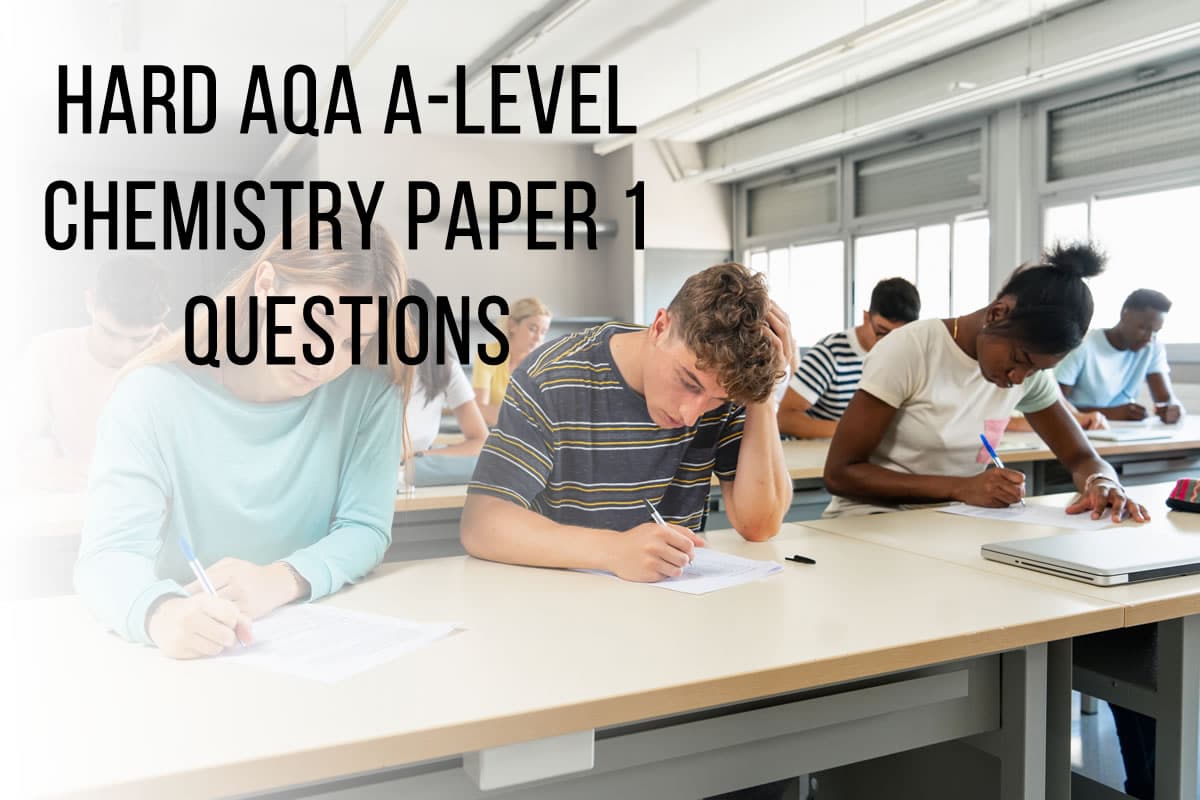
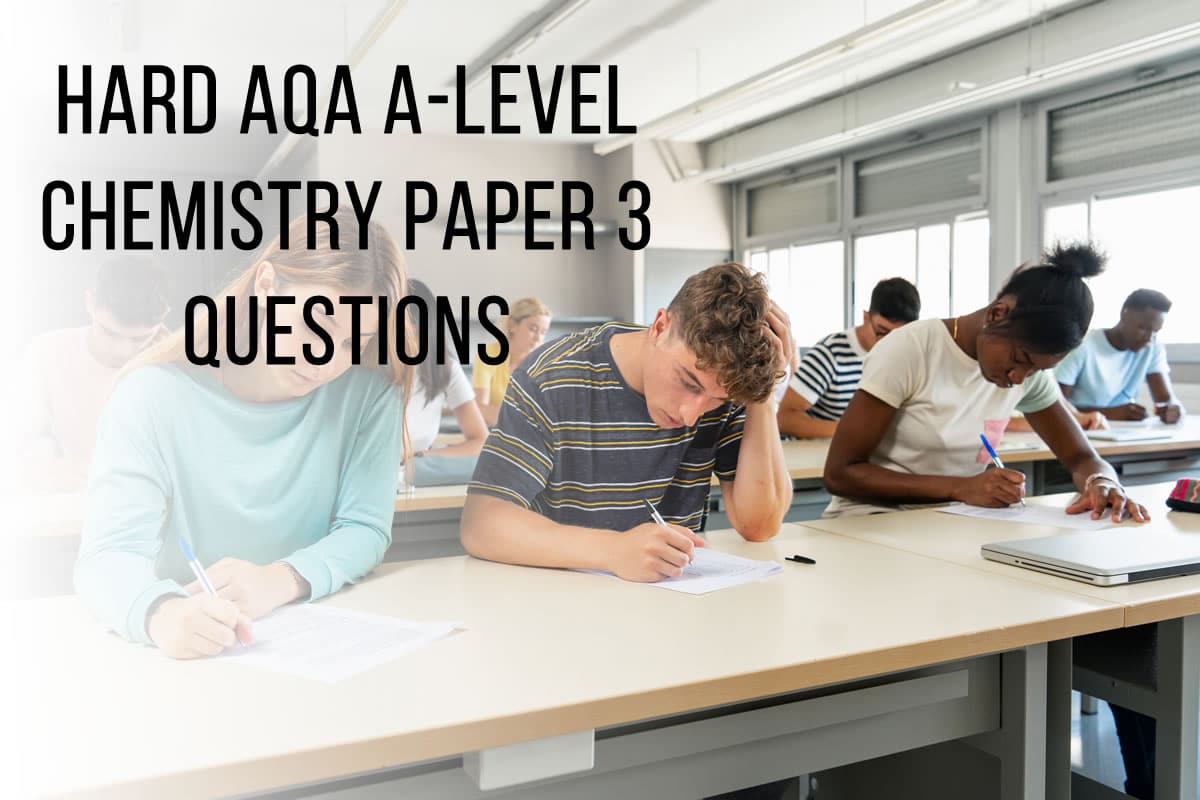
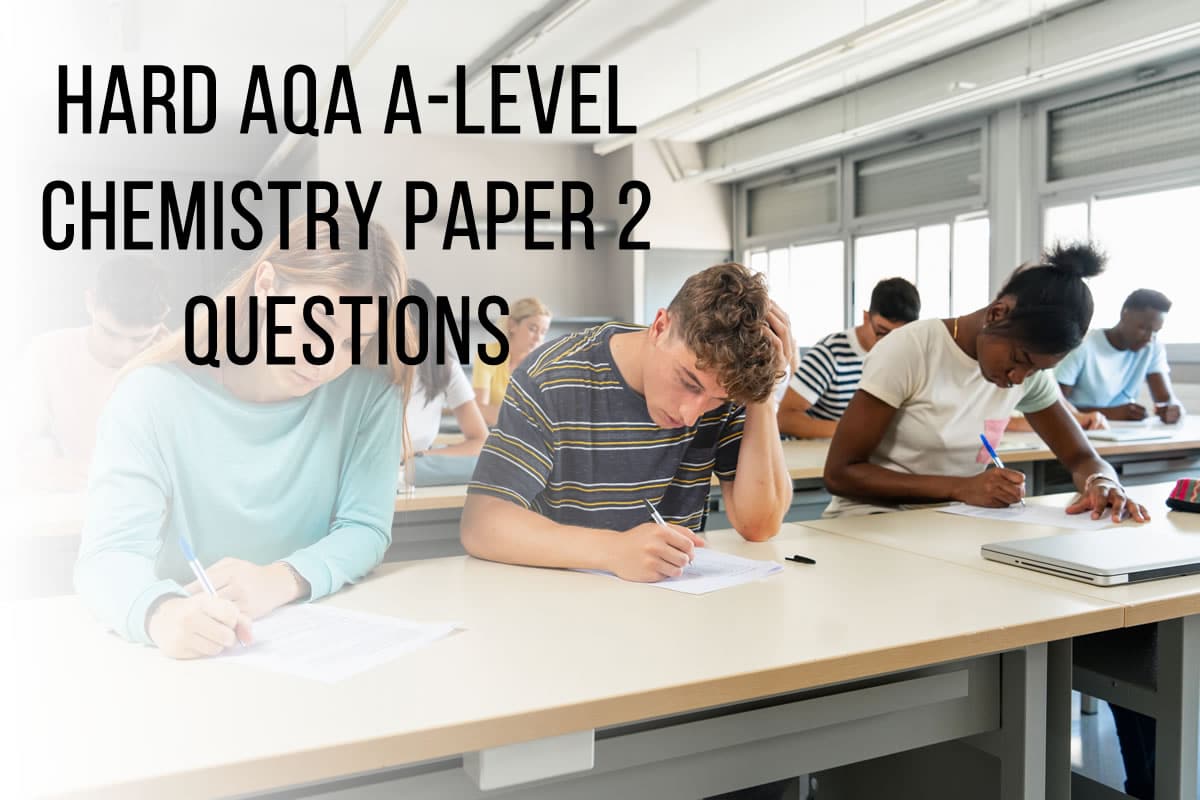
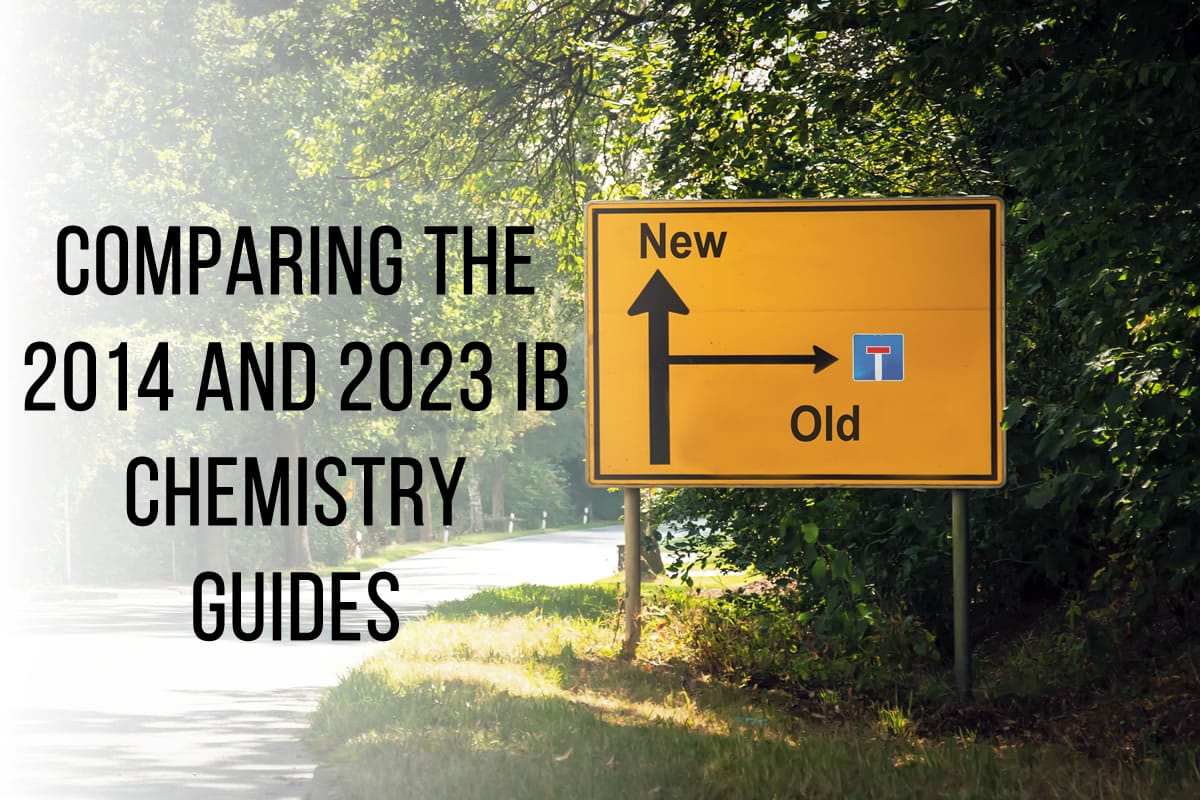

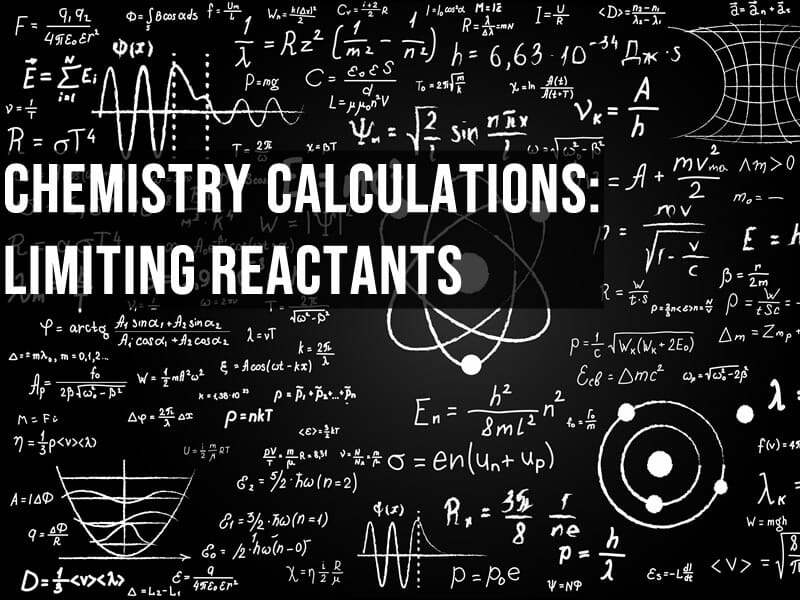
Leave A Comment